An American in Paris…
Whenever someone brings up a “Renault 5” in conversation it stirs up a lot of different thoughts and emotions. And for some, they probably have no idea what the significance of this vehicle is. And first impressions are lasting ones, so I won’t fault anyone if they feel that it’s a bit of an ugly duckling.
Tune in everywhere you stream, download or listen!
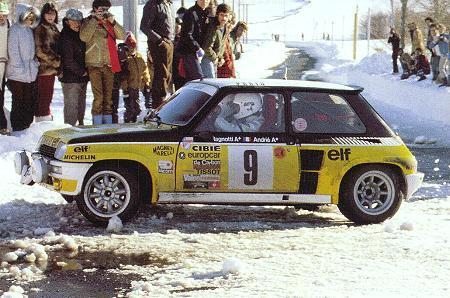
Growing up during the height of “Killer-B” Rally era, mention of the R5 immediately conjures images like the one above. Even though the R5 was a FIA Grouppe 3/4 entrant, it ran alongside the famed Killer-B cars like the Audi Quattro, Peugeot 205T16, Lancia Delta and Ford RS200. And I have no shame in admitting there was a model R5 parked next to my other die-cast rally heroes in my bedroom.

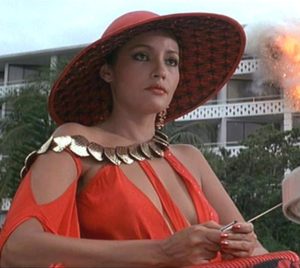
After watching the 1983 James Bond film “Never Say Never Again“ starring Sean Connery, it locked the R5 in a special place in my heart, and likely many others, as an automotive icon. The gorgeous “Fatima Blush” played Barbara Carrera introduced the homologated rally car to the world by driving through narrow European streets while being chased by James Bond on a BMW motorcycle as seen in the clip below. Hmm… thinking back, I am not sure who I had a bigger crush on.
Le Sigh…
For folks slightly older than me, they probably remember this laughable little gem (below), the base-model Renault 5 sold state-side as the “LeCar.” – Sales of the LeCar where dismal at best, and by now most have biodegraded.
However, a sum total of 4987 (Turbo-1: 1820 and Turbo-2: 3167) R5 Turbos were manufactured during a six-year production run from 1980-86. The Turbo-1 was the closest to the rally-spec using Bertone, Alpine and specialty alloy parts directly from the Renault-Sport parts bin, whereas the Turbo-2 was a more affordable version using more off the shelf Renault parts.
Ooo, Dat Ass…
Its undeniably wide and one of the R5s most distinct features. Approaching the R5 from behind makes you feel like you’re behind other wide-body cars of the era like the Porsche 930 or the Ferrari Testarossa, but the front-end is significantly narrower than the rear giving the R5 a noticeably wedged footprint.
To make room after changing the configuration of the base Renault 5 from front-wheel drive to mid-engine rear-wheel-drive; the engineers at Renault had to make significant modifications to the rear half of the car specifically for cooling and ventilation. Up front, in the “frunk” – a large tubular reinforcement beam was installed in place of the engine in order to keep the chassis from twisting.
At 144-inches long the R5 is quite small – and for the sake of comparison: a 1st generation Mazda Miata is 155-inches long and 4th generation VW GTI is 163-inches. Both of these vehicles by today’s standards are considered “compact”; the R5 is nearly 2 feet shorter than the VW, woah!
It’s what’s on the inside that counts…
A stock R5 Turbo-2 is powered by a turbocharged 1.4-litre Renault (Cléon-Fonte) 4-cylinder making 158 bhp mated to a 5-speed gearbox with a top speed somewhere shy of 130 mph. Allen’s Turbo-2 has been upgraded to a “Stage 2” package which bumps the horsepower up to a peppy 180 bhp, making it feel like a much larger engine.
As mentioned previously, if you compare this car to the sportier and racing-inspired Bertone + Alpine interior of the Turbo-1, the Turbo-2 is much more plush and civilized. Unfortunately, moving to the off-the-shelf Renault parts means a cheaper feel and poorer fit and finish, even for a limited-production hand-built car. The seats are probably the best and worst feature of the R5. They are bulky and almost too large for the cabin and provide an awkward seating position (imagine driving while sitting at your kitchen table); but they do provide plenty absorption for the R5s rough coil-over ride.
In typical early ’80s euro-fashion, the interior is every shade of earth tone possible and comprised of chunky plastic components. The steering is left of drivers center and the clutch pedal is spaced very far from the brake, whereas the gauges are easily visible and the shifter is in a great location. The R5 is full of “quirks” which add to its charm. One of my favorites being the horn button, which is not in the center of the steering wheel but found on the end of the indicator stalk. It makes one of the happiest sounds and when people pulled up next to me on the road waving and giving thumbs up, I would respond with the cheery “beep-beep” and watch their faces explode with grins and laughter.
The R5 has a raspy exhaust note, but having the engine directly behind you encased in a carpet covered plywood box gives you a no-filter symphony from the engine. Unfortunately, because there is no separation between the driver and the engine – like you would find in a Lotus Elise or Porsche Cayman – there is no lack of heat in the cabin. Driving with the windows cracked or opening the center air vent (which only lets in outside air) is mandatory. Diagnosing problems with the R5, especially sounds or smells is a breeze. If I were to spend more time in an R5, I would probably install a carbon-monoxide detector, just to be safe.
…but, it has a great personality.
Driving the R5 is interesting, I got to spend time with it in a mix of situations: twisty back-roads, highway and in weekend traffic. On the highway, its like any other car at 65 mph. A little bumpy because of the coil-overs, and not too noisy – the motor hums at mid-range rpm and there are small rattles here and there. Visibility is good and after a while you can even begin to get accustomed to the odd seating position. I did mistake the hood release as a dead-pedal until I realized the floor pan didn’t have one! This meant resting your foot flat on the floor, which was okay, because my knee became a resting place for my wrist since the steering wheel is not only off center, but leans slightly toward the dashboard on the left side.
On a twisty road or off-ramp, the nose of the R5 tends to get light and gives you the impression of massive body roll, but once you’ve gotten used to it, you can really point and squirt the car wherever you like. At first the brakes where mushy, but I started to realized that Allen had taken this car to a HPDE a few seasons ago and was equipped with race pads and Toyo R888R tires, which take time to warm up. Usually, manual-steering cars turn slowly unless at speed and feel “heavy and truck-like” but the R5 is so light and generates lift quickly, it gives the impression it has power assist which makes attacking corners fun.
By today’s standards – where your mom’s Toyota Camry comes with close to 300 hp depending on the package – it’s hard to say that the R5 is “fast.” – If you take the R5 back to 1985 comparables, the punch that 1397cc can deliver in this tiny package is impressive. The turbo-lag is period appropriate, and when the R5 is on boost, it’s an absolute riot!
The transmission in the R5 is fabulous, the gating between 1-2-3-4 is perfect, tight, with no searching. The car responds well to quick shifting and heel+toe, and it makes sense that 5th is a reach as it would be seldom used (in a race). Reverse on the other hand, equally as far away from the H as 5th, is in an odd spot being right next to 2nd gear with no lock-out. This makes a “bay city roller” (2nd gear, rolling take off) or an aggressive 3rd-to-2nd downshift challenging. Once you get used to the spacing it does become very natural. #adaptandovercome #savethemanual.
Verdict: Is the R5 a good car?
Heck no… it’s terrible. Rare, difficult to gets parts for and maintain, crampt, hot, quirky, cobbled together, laggy, awkward handling and above all… very French. But that doesn’t mean I didn’t love it! Driving the R5 was an absolute hoot and I appreciated every moment behind the wheel. Storming down a B-road, trees rushing by in a car like this gives you an overwhelming sense of euphoria and freedom. Seeing so many positive reactions from outsiders adds to that sense of glee – and was a concrete reminder why cars are awesome!
Like all good things – my rendezvous with Genevieve (I felt it appropriate to name the R5 after our date) – had to come to an end. A special thank you again to Allen R for letting me spend time with a true icon, one of my heroes, and get to know it better. This was definitely an experience I will not forget.
From all of us at the GTM writers desk, we hope you look forward to more reviews on classic cars coming in the next few months. (More pictures of Allen’s R5 can be found on Shutterfly.)
#merrymotoring






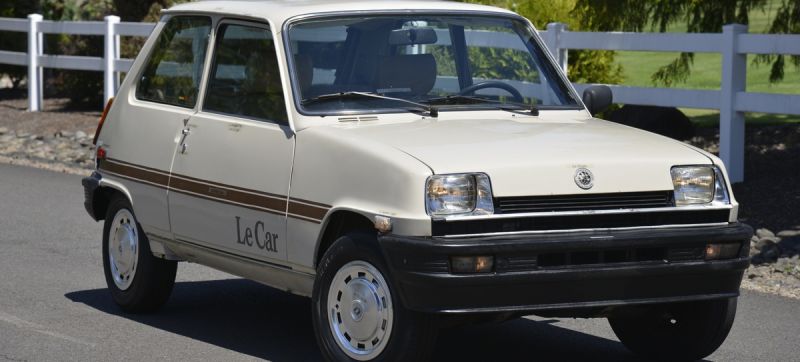
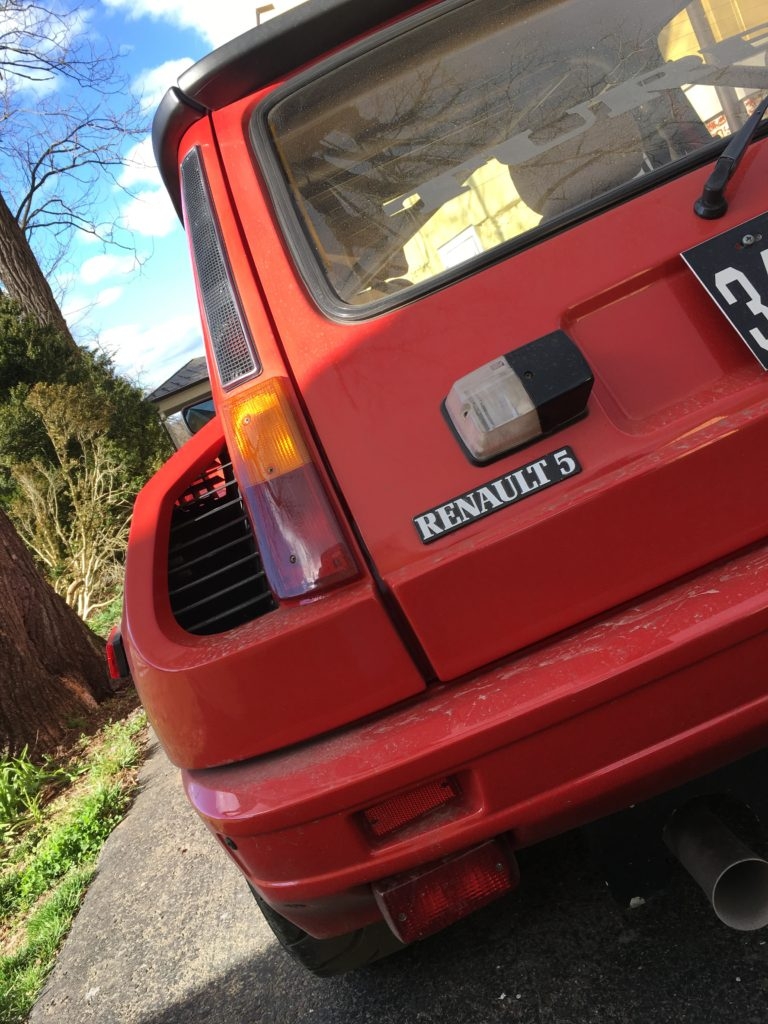

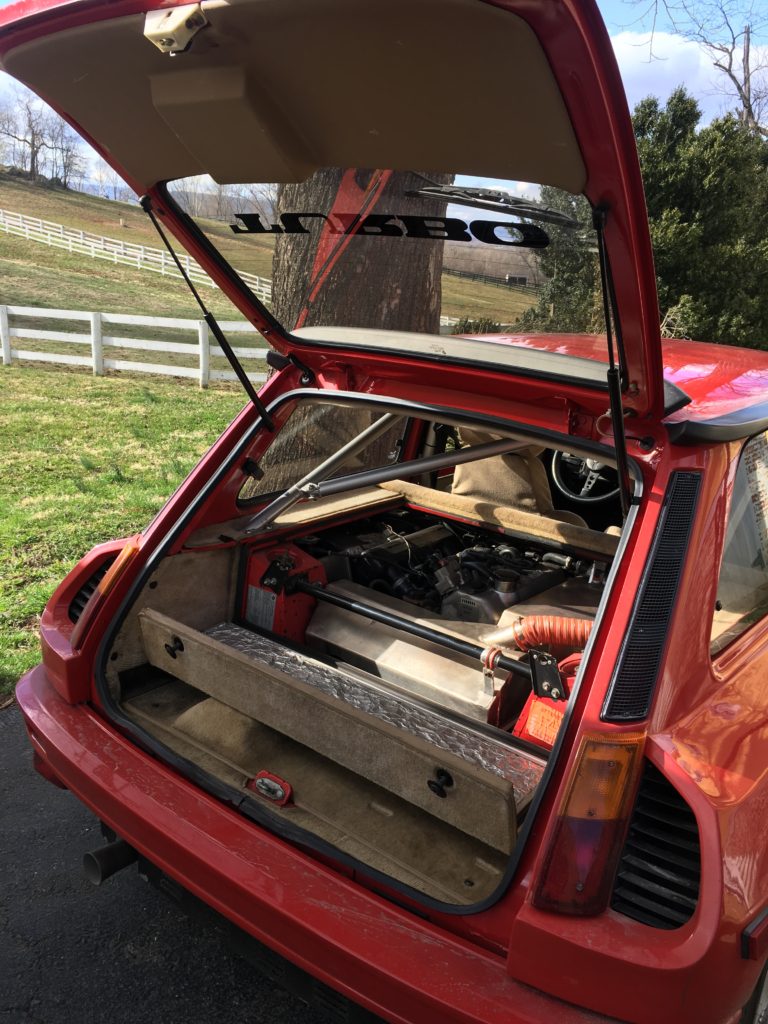
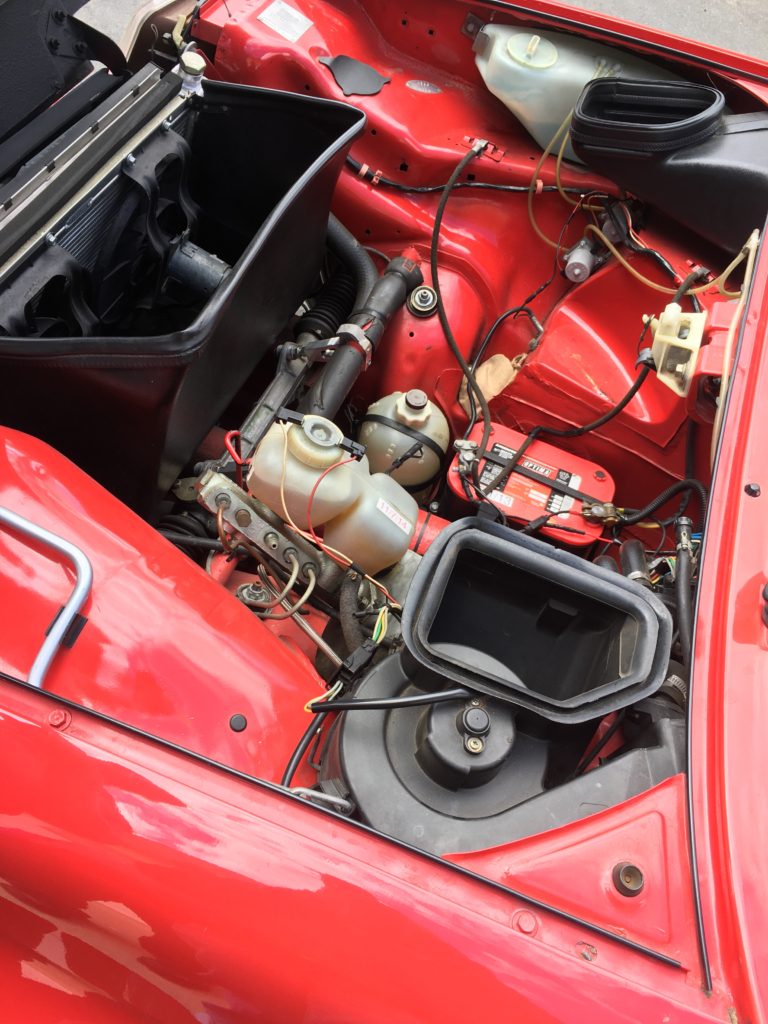
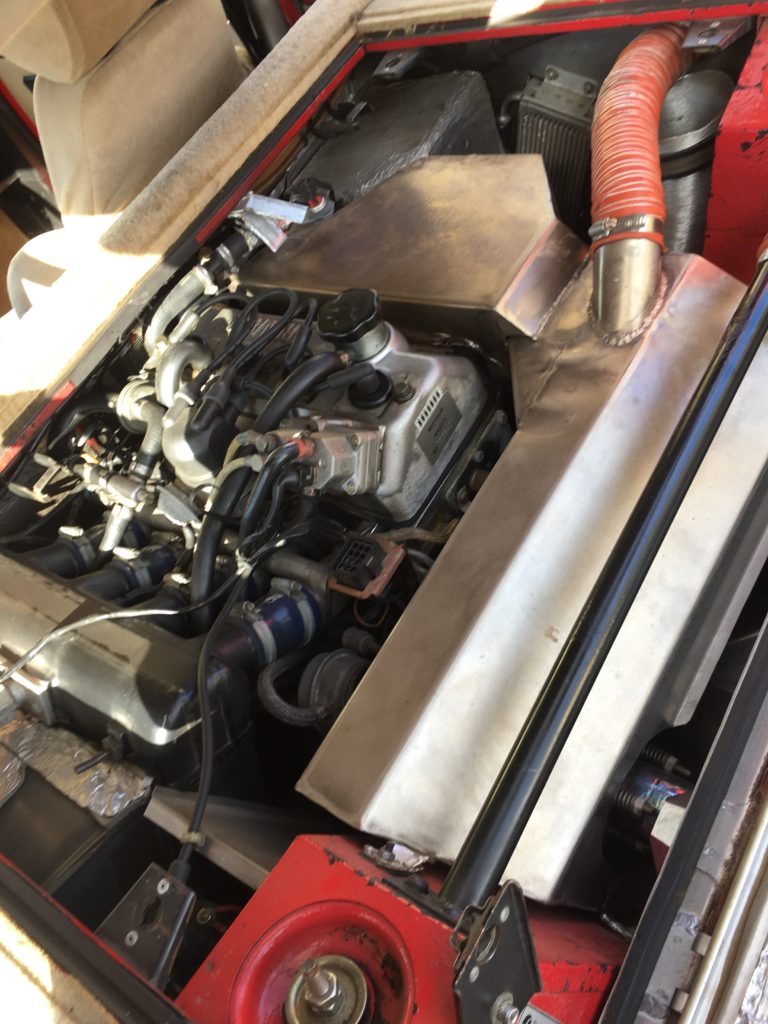
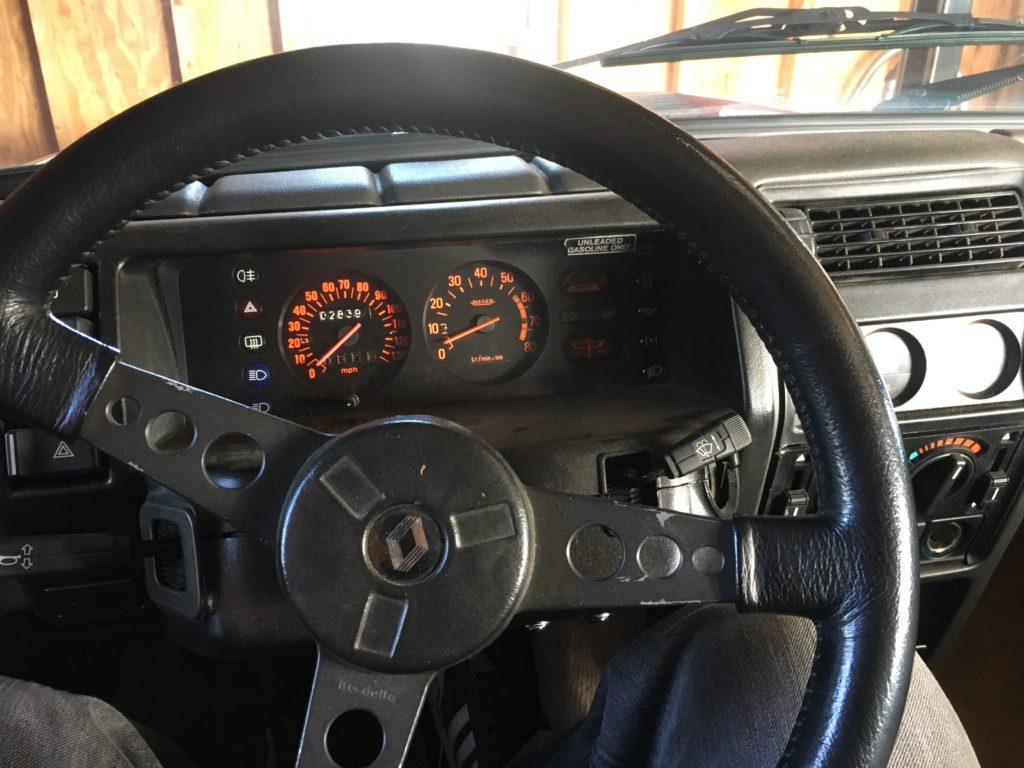
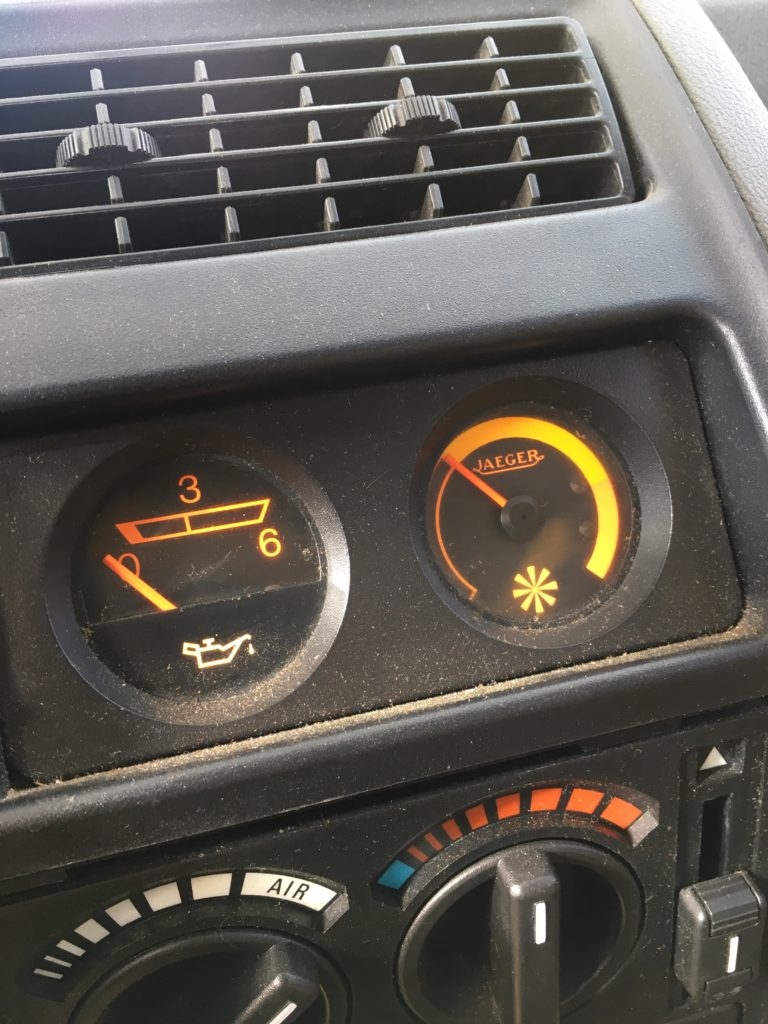
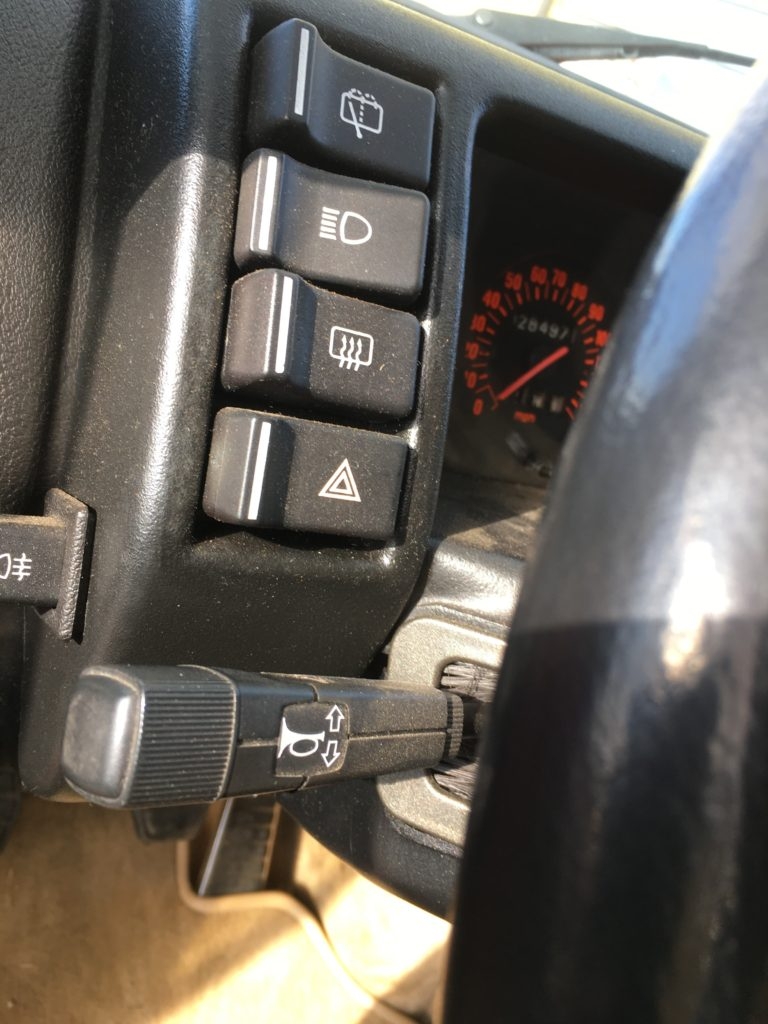
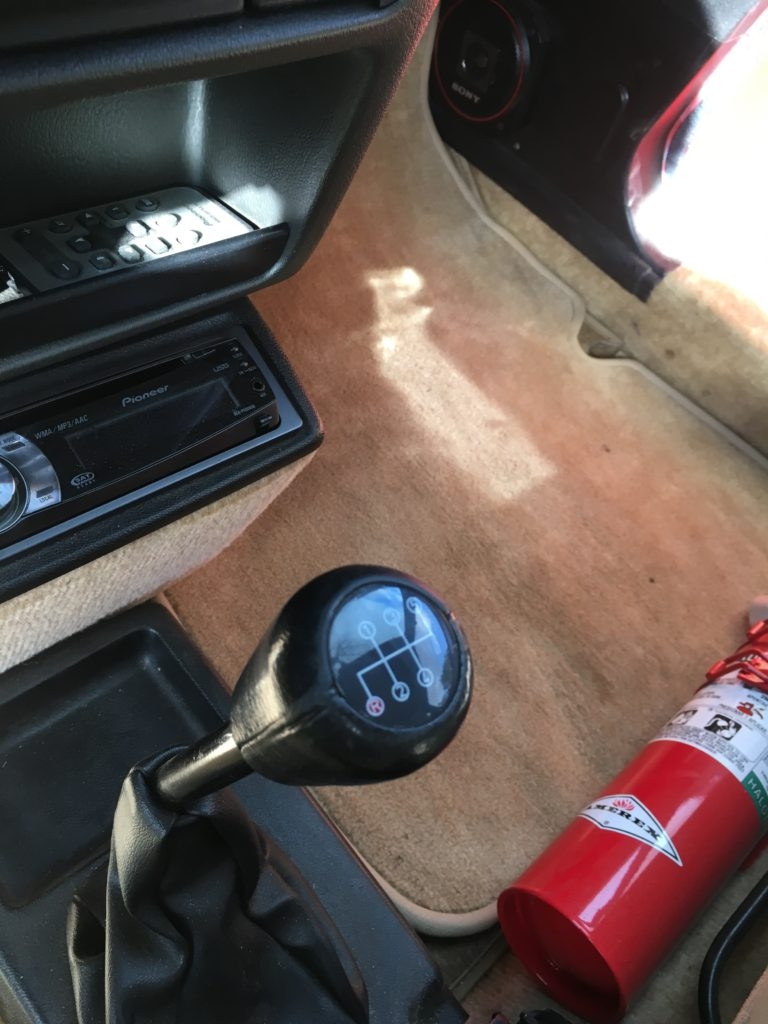

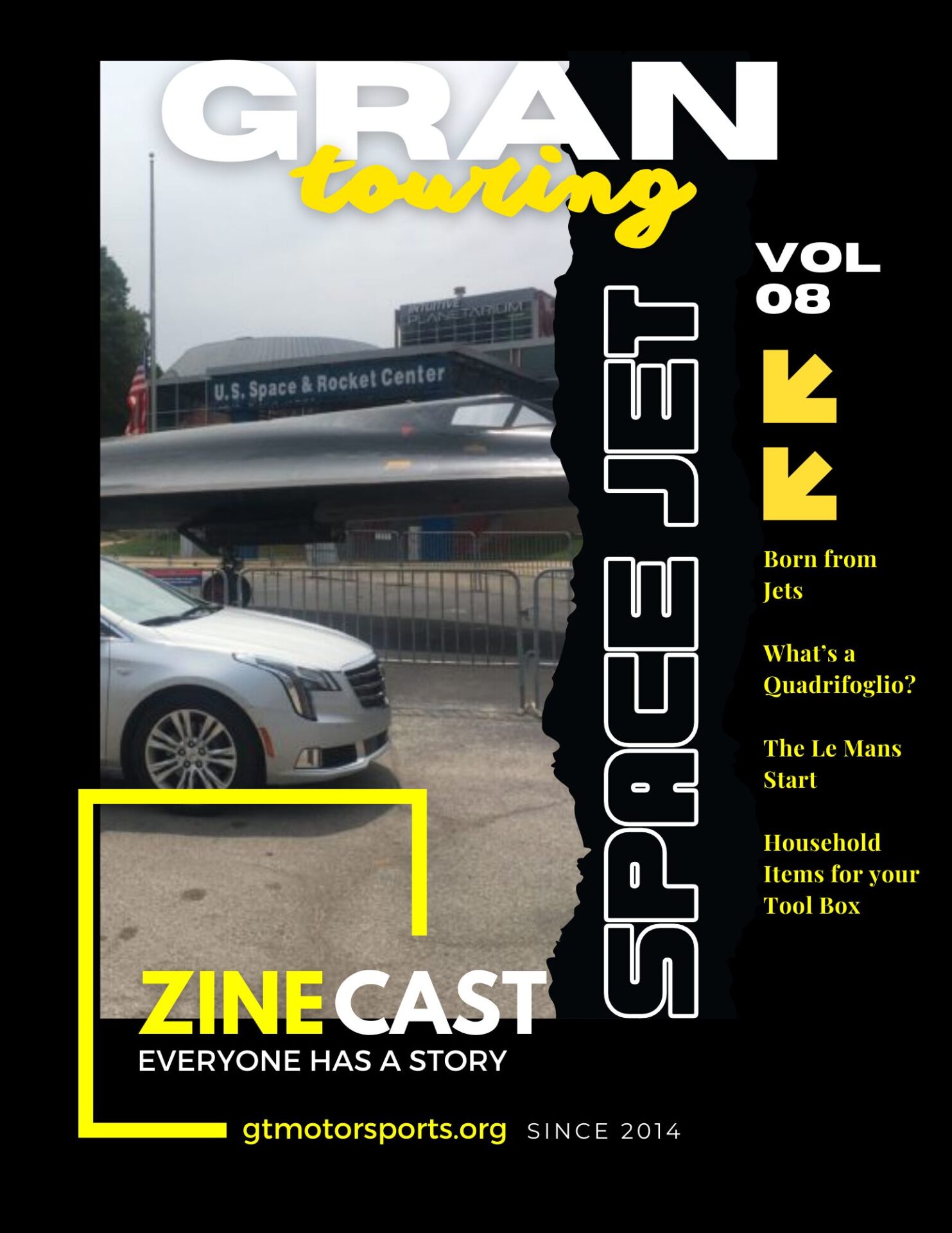


















Great article! I owned 2 R5’s starting in the late 1980’s. I can’t remember the circumstances which brought me to the first one but I was attracted to the uniqueness of it. Shortly after I bought it(less than $10,000) the engine blew and it took me awhile to find someone to fix it. After many months of rebuilding the engine I took it to Watkins Glen for a BMW Club HPDE event. On the track with BMW 2002’s it held its own but a throttle linkage problem cut short its debut. After that for a time I drove it occasionally on the street, enjoyed looking at it and then sold it. Years after that I tripped across another R5 which I couldn’t pass up. The price was right and I kept it for several years ultimately recouping on its sale my inception to date R5 investment dollars. I’m not a car collector and I don’t buy cars to make a profit but I can’t help looking back at some of the cars I’ve had and wish I still owned them. The R5 is one of those – their current prices get close to 6 figures. I love cars that are different and my romance with the R5 was very rewarding.
Um, parts are not difficult to get for these at all… not even back in 2019 with this article was posted. Please, people (and wanna-be automotive journalists…)… do your research. Parts are readily available both over seas as well as in the U.S. Sources in Spain, France, England and elsewhere readily stock everything needed to keep these R5 Turbo’s on the road. Parts aren’t even that expensive, especially compared to that rolling glob of Viagra, the Porsche 911. Just do a Google search for 3S Development and you will find all the R5 Turbo parts you could possible need.